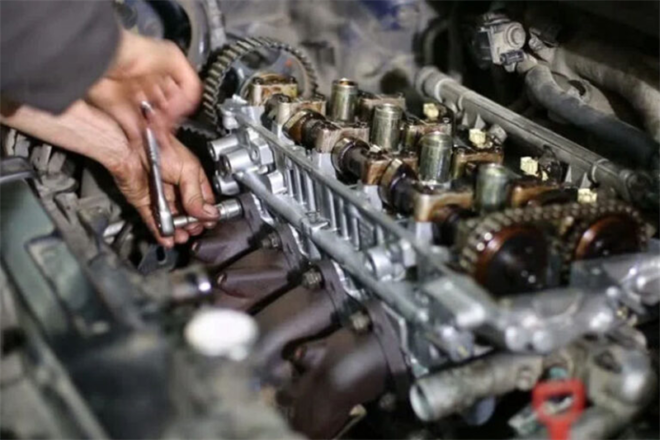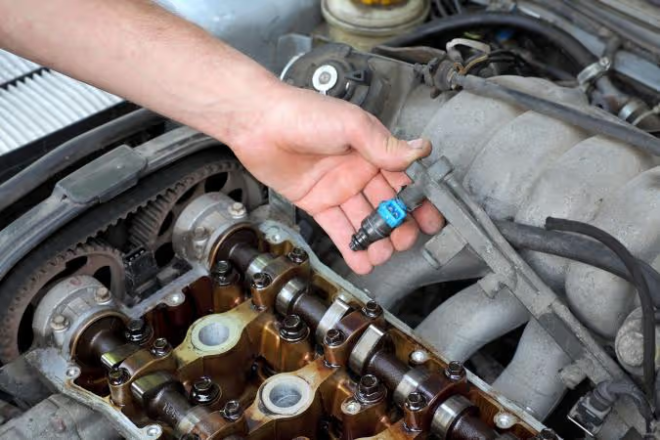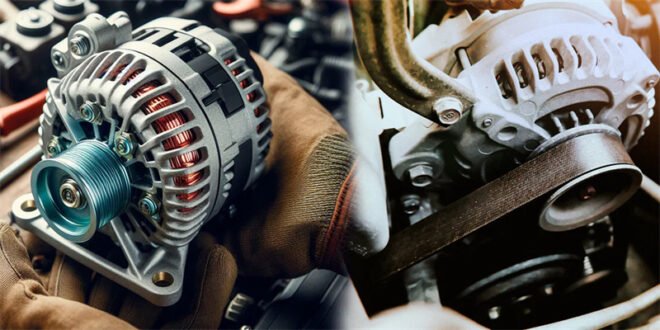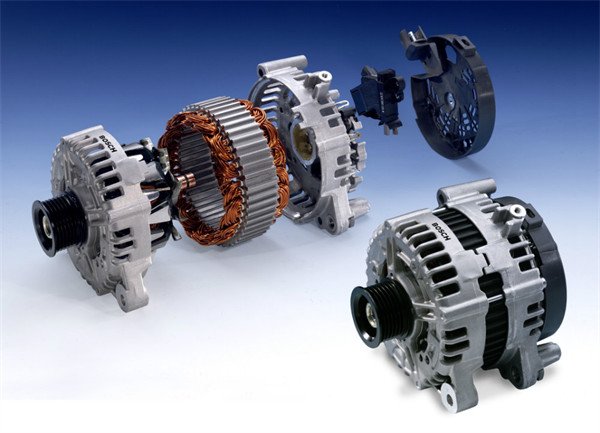Tractor Parts: Keeping Your Machine Running Smoothly – A Complete Guide
Tractors are powerful machines, but like any complex piece of equipment, they require the right parts to operate efficiently. Whether you’re a farmer, landscaper, or machinery enthusiast, understanding the different tractor parts and how they work is essential for maintaining peak performance. This article breaks down the key tractor parts, their functions, and how to keep your machine in top condition.
Understanding the Basic Components of a Tractor
A tractor is made up of many parts, each serving a specific function. From the engine to the wheels, every part plays an integral role in ensuring that the tractor operates effectively and efficiently.
- Engine: The engine is the heart of the tractor, providing the power necessary to drive the machine. There are different types of tractor engines, including diesel and gas-powered engines. Diesel engines are commonly used in larger tractors because they provide more torque and are more fuel-efficient.
- Transmission: The transmission allows the operator to control the speed and direction of the tractor. Most modern tractors feature a hydrostatic or manual transmission, each offering different benefits depending on the task at hand. The transmission connects the engine to the wheels and regulates the power flow.
- Hydraulic System: The hydraulic system is responsible for powering many of the tractor’s tools and attachments, such as loaders, backhoes, and plows. It uses fluid pressure to generate the necessary force to lift heavy loads or dig into the soil. The hydraulic system is an essential part of the tractor’s versatility.
- Differential: The differential allows the tractor’s wheels to rotate at different speeds, which is particularly important when turning. It helps distribute power evenly to the wheels, preventing them from skidding or losing traction.
- Brakes: Brakes are a critical safety feature of any tractor. They help the operator stop the tractor or slow it down when needed. Most tractors use a combination of hydraulic and mechanical brakes, and it’s important to ensure that they’re functioning correctly.
- Steering Mechanism: The steering mechanism allows the operator to guide the tractor in the desired direction. Whether it’s a traditional mechanical system or a modern power steering system, the steering parts need to be well-maintained to ensure smooth operation.
- Power Take-Off (PTO): The PTO is a device that transfers power from the tractor’s engine to various attachments like mowers, tillers, and hay balers. It allows the operator to run different equipment without needing a separate engine.
- Wheels and Tires: Tractor wheels and tires are designed for durability and traction. Depending on the type of work you do, you may need different types of tires, such as radial or bias-ply, to suit specific terrains or tasks.
Common Tractor Parts and Their Functions
Beyond the main components, there are numerous smaller parts that play a role in keeping your tractor operational. Let’s take a look at some of the more commonly replaced tractor parts:

- Battery: The battery provides the electrical power to start the tractor and run various systems. A weak or dead battery can leave you stranded, so it’s essential to check its condition regularly.
- Fuel Filter: The fuel filter ensures that the fuel reaching the engine is clean and free from debris. A clogged fuel filter can lead to engine performance issues and should be replaced periodically.
- Air Filter: The air filter prevents dirt and dust from entering the engine and causing damage. A clogged air filter can reduce engine efficiency, so it should be replaced regularly.
- Alternator: The alternator is responsible for charging the battery and powering electrical systems while the engine is running. A failing alternator can cause electrical issues, such as dim lights or difficulty starting the tractor.
- Cooling System: The tractor’s cooling system includes the radiator, hoses, and coolant. It helps keep the engine from overheating, ensuring that it operates within safe temperature ranges. Check the coolant level and condition regularly to avoid engine damage.
- Lights: Tractor lights are essential for visibility, especially when working at night. Replacing a burned-out bulb or fixing an electrical issue ensures that you can continue working safely in low-light conditions.
- Belts and Pulleys: Belts and pulleys help transfer power from the engine to various systems on the tractor. Over time, they can wear out or snap, so it’s important to inspect them regularly and replace any worn-out components.
How to Maintain Your Tractor Parts
Proper maintenance is key to ensuring that your tractor continues to perform at its best. Here are some essential maintenance tips:
- Regularly Check Fluid Levels: Keep an eye on your tractor’s oil, coolant, hydraulic fluid, and fuel. Regularly topping up fluids and replacing them as needed can extend the life of your tractor’s parts.
- Inspect and Replace Filters: Change the fuel, air, and oil filters on a regular schedule. Clean filters ensure that your engine runs smoothly and efficiently.
- Keep the Battery Charged: Check the battery’s charge regularly and ensure it’s free from corrosion. If the battery is old or weak, replace it before it fails.
- Clean the Cooling System: Keep the radiator and cooling system clean to prevent overheating. Check for leaks in the hoses and repair any damage immediately.
- Lubricate Moving Parts: Lubricate the tractor’s joints and moving parts to reduce wear and tear. This will help prevent breakdowns and extend the lifespan of the machine.
Conclusion
Tractor parts are what keep your machine running smoothly and efficiently, whether you’re plowing a field or transporting materials. By understanding the various parts and their functions, you can ensure that your tractor operates at peak performance. Regular maintenance and timely repairs will help prevent costly downtime, so your tractor remains an indispensable tool for years to come.
Tractor Parts: Keeping Your Machine Running Smoothly – A Complete Guide





